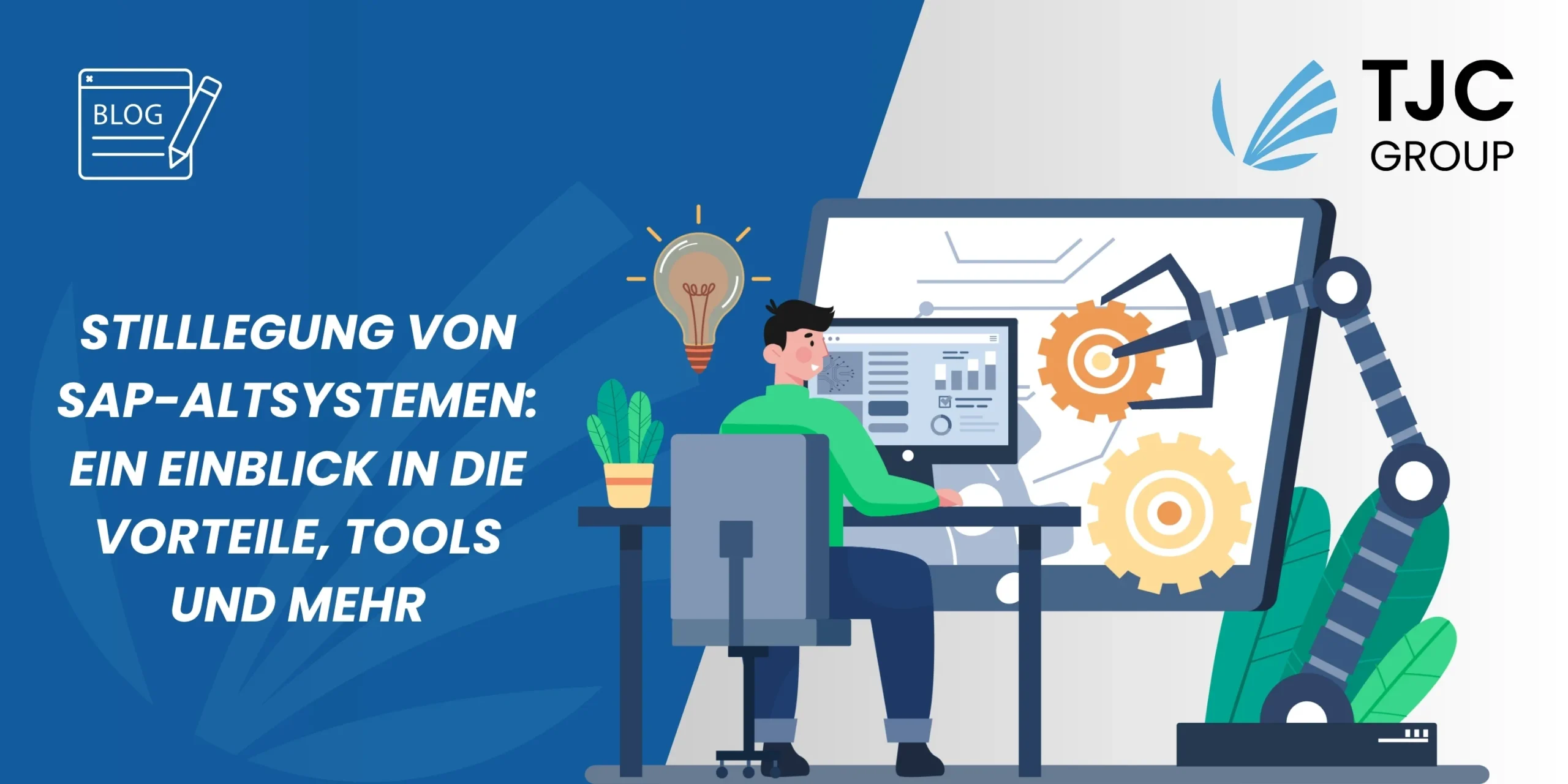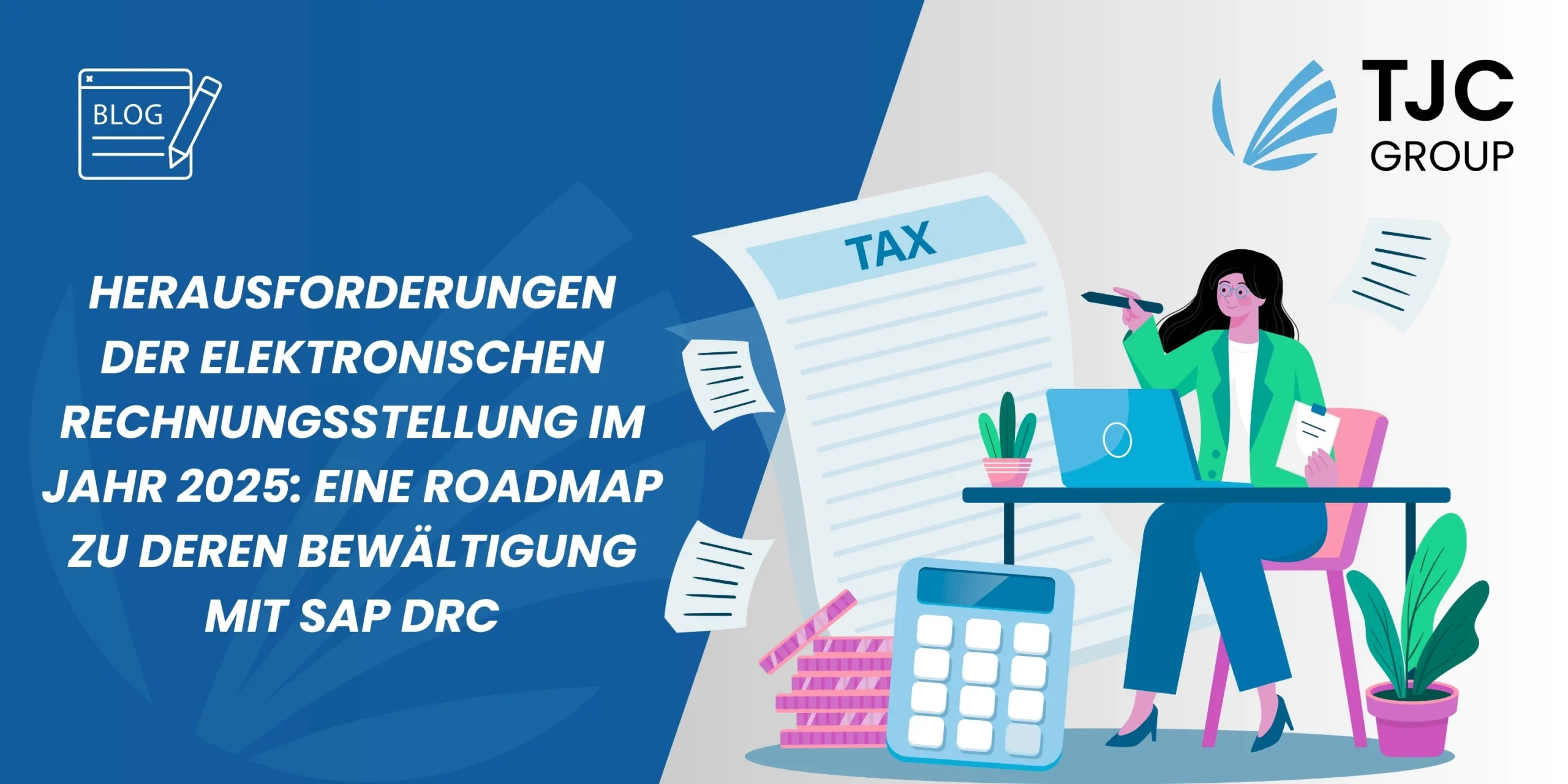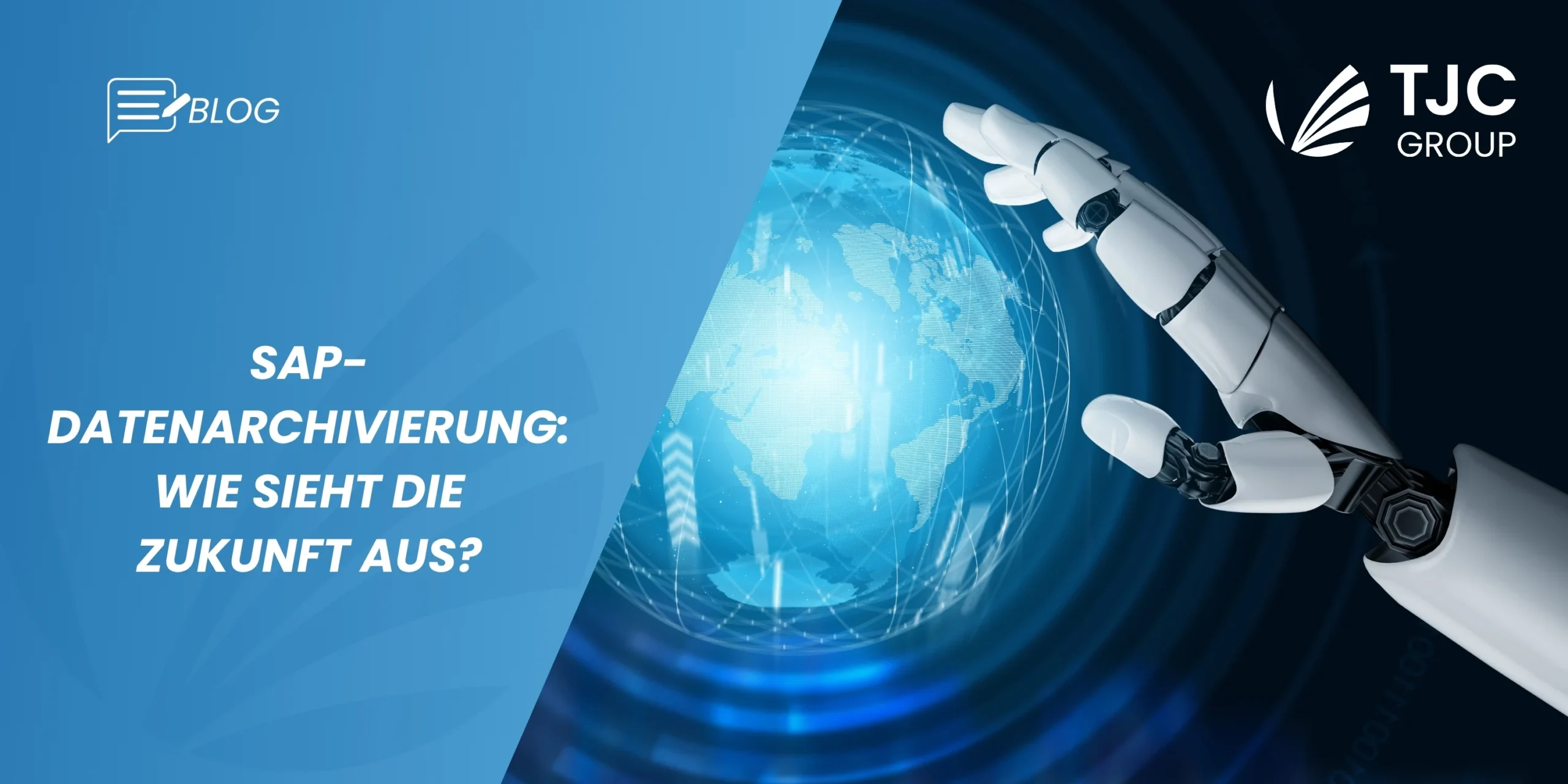
Seit Jahren berate ich große Unternehmen in diesen Bereichen: Dokumenten- und Datenarchivierung, Datenschutzund Aufbewahrungsmanagement (Löschungsmanagement).
Bei all diesen Themen ist ein “Zurück zu” entweder nicht möglich oder äußerst komplex. Außerdem steht viel auf dem Spiel:
- Manchmal verlangsamt es den digitalen Vertrieb, das Auftragseingabesystem oder das gesamte ERP-System.
- Zahlung einer Steuerstrafe (in der Regel 300k€ oder mehr) oder einer Datenschutzstrafe (ein % des Konzernumsatzes).
- Oder es entsteht ein Reputationsschaden (wenn Daten durchsickern …).
Ein häufig von Kunden vorgeschlagener Ansatz ist dasKonzept der“zwei Augenpaare”. In diesem Beitrag werden wir uns mit diesem Konzept befassen und überlegen, woher es stammt und ob es auf solche “nicht hoch genug zu bestrafenden” Geschäftsthemen zutrifft.
Die Genese von Dual Review
Das Konzept der “zwei Augenpaare” hat sich zu einer entscheidenden Methode der Qualitätskontrolle entwickelt, von der detaillierten Prüfung juristischer Dokumente bis hin zum komplizierten Prozess der Softwareentwicklung. Seine Ursprünge lassen sich wohl bis in die Antike zurückverfolgen, als Schriftgelehrte die Abschriften wichtiger Texte gegenseitig gegenprüften. In der heutigen Zeit hat sie sich aus den bewährten Praktiken in kritischen Bereichen wie der Luftfahrt und der Medizin entwickelt, in denen das Risiko eines einzelnen Fehlers untragbar hoch ist.
Wo “Zwei Paar Augen” gedeihen
Im heutigen Sprachgebrauch wird dieser Ansatz als Vorteil in Umgebungen angesehen, in denen die Kosten für Fehler unerschwinglich sein können. In der juristischen Praxis ist es beispielsweise üblich, ein zweites Paar Augen zu haben. Hier prüft ein anderer Anwalt Verträge oder Schriftsätze, um sicherzustellen, dass jede Behauptung durch solide Beweise gestützt wird und jede Klausel hieb- und stichfest ist. In ähnlicher Weise kann bei medizinischen Diagnosen eine zweite Meinung den Unterschied zwischen einer erfolgreichen Behandlung und einer Fehldiagnose ausmachen. In der heutigen Welt kann eine zweite Meinung die Überprüfung einer KI-basierten Bildanalyse und Diagnose durch einen Arzt sein.
Beim Veröffentlichungsprozess sorgen mehrere Schichten von Redakteuren und Korrektoren dafür, dass das, was die Öffentlichkeit erreicht, nicht nur frei von Druckfehlern ist, sondern auch sachlich korrekt und klar in der Darstellung (und es ist effizient: haben Sie jemals ein im Selbstverlag veröffentlichtes Buch gelesen?)
Auch in der Softwarebranche hat sich dieses Prinzip in Form von “Code Reviews” oder “Peer Reviews” durchgesetzt. Zwei Entwickler sehen sich dieselbe Codebasis an, um Fehler zu finden und Verbesserungen vorzuschlagen. Diese Praxis führt häufig zu einer höheren Qualität der Ergebnisse und zu einem gemeinsamen Verständnis der Teammitglieder.
Das Positive: Verbesserte Genauigkeit und kollektive Weisheit
Es kann Fehler reduzieren und eine Kultur der gemeinsamen Verantwortung und der kollektiven Intelligenz fördern, in der jeder von den Erkenntnissen und dem Fachwissen des anderen profitiert.
Außerdem kann diese Methode eine Lernumgebung fördern.
Die dunkle Seite: Wenn zwei Augenpaare nicht besser sind
Dieses scheinbar narrensichere System ist jedoch nicht ohne Tücken. Eines der Hauptrisiken ist das Phänomen des “Gruppendenkens”, bei dem der Wunsch nach Konsens und der Einfluss dominanter Persönlichkeiten zu einem Mangel an kritischem Hinterfragen führen kann. Es gibt auch das Problem der vermeintlichen Unfehlbarkeit. Die Gewissheit, dass ihre Arbeit von einer anderen Person überprüft wird, kann bei manchen ein falsches Gefühl der Sicherheit hervorrufen, was zu einer weniger aufmerksamen ersten Überprüfung führt.
Ein weiteres Risiko ist die mögliche Verzögerung durch die “zwei Augenpaare”.
Außerdem besteht die Gefahr der Verantwortungsdiffusion, bei der jeder Prüfer davon ausgeht, dass der andere die Fehler findet. Das kann dazu führen, dass Fehler übersehen werden, weil jeder glaubte, es sei die Aufgabe des anderen, sie zu erkennen.
Das Gleichgewicht: Die Macht verantwortungsvoll nutzen
Der Schlüssel, um von den Vorteilen des “Zwei-Augen-Prinzips” zu profitieren, ohne seinen Nachteilen zum Opfer zu fallen, liegt darin, es mit Bedacht anzuwenden. Das bedeutet, dass Sie wissen müssen, wann die zusätzliche Prüfung unerlässlich ist und wann sie kontraproduktiv sein könnte. In schnelllebigen, kreativen Bereichen wie der Werbung kann dieser Ansatz selektiv eingesetzt werden und eher für die endgültigen Ergebnisse als für die generativen Phasen der Ideenfindung reserviert sein.
Ein weiterer wichtiger Aspekt ist die Festlegung klarer Parameter für die Zuständigkeiten der einzelnen Prüfer. So wird sichergestellt, dass jeder Prüfer auf verschiedene potenzielle Probleme achtet, was die Wahrscheinlichkeit von Überschneidungen und die anschließende Streuung der Verantwortung verringert.
Four Eyes in Datenarchivierung, Datenschutz und Datenspeicherung
In meiner Branche basieren Entscheidungen oft auf Vorschriften und nicht auf technischen Anforderungen. Widersprüchliche Vorschriften in internationalen Unternehmen sind keine Seltenheit. Theoretisch ist “nicht zurückgehen, hohe Strafe” kein guter Kandidat für einen Vier-Augen-Prozess, denn “Fehler reduzieren” sollte nicht gut genug sein. Die Definition von robusten Regeln ist, abgesehen von Aufmerksamkeitsfehlern, die einzige Möglichkeit, die Kosten von Fehlern zu reduzieren.
Idealerweise sollten zunächst klare Regeln für die Datenarchivierung, den Datenschutz und die Datenaufbewahrung festgelegt werden. Die Vermeidung von Fehlern erfolgt dann am besten durch Automatisierung und nicht durch einen Vier-Augen-Prozess. Bei der TJC Group schätzen wir diesen Ansatz. Eine jährliche Überprüfung stellt sicher, dass die Regeln aktualisiert werden, wenn sich die Vorschriften ändern.
Dennoch ziehen Unternehmen in der Regel erfahrene Unternehmensmitglieder zu Rate. Die Einholung von Expertenrat durch eine erfahrene Person im Unternehmen ist oft der Grund für einen 4-Augen-Prozess.
Ich habe eine ganze Reihe von Situationen erlebt, in denen die Validierung von einer erfahrenen Person im Unternehmen geleitet wurde, die mutig genug war, kritische (und schwierige) Entscheidungen zu treffen. In den meisten Fällen stand diese Person kurz vor der Pensionierung und war bereit, die Schuld auf sich zu nehmen, falls es zu größeren Konsequenzen kommen sollte.
Manchmal kann der Vier-Augen-Ansatz für einige Unternehmen zu einem bestimmten Zeitpunkt der einzige Weg nach vorne sein. Sobald das “zweite Paar Augen” in den Ruhestand geht, ist es an der Zeit, den Vier-Augen-Ansatz abzuschaffen.










